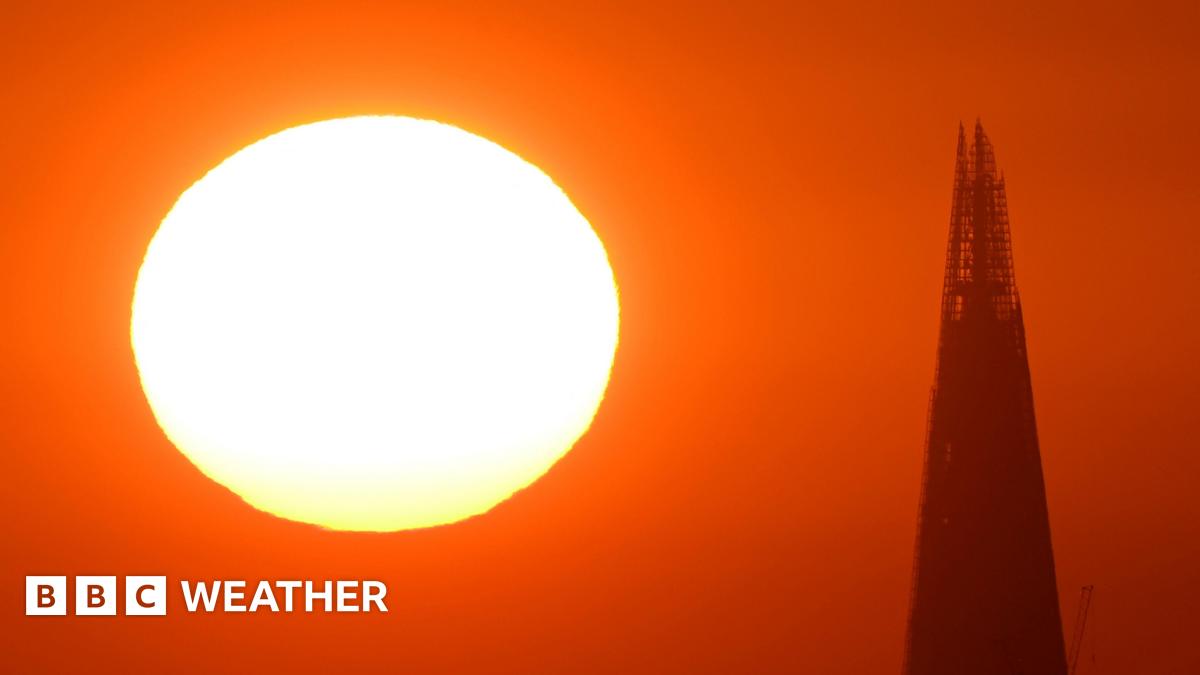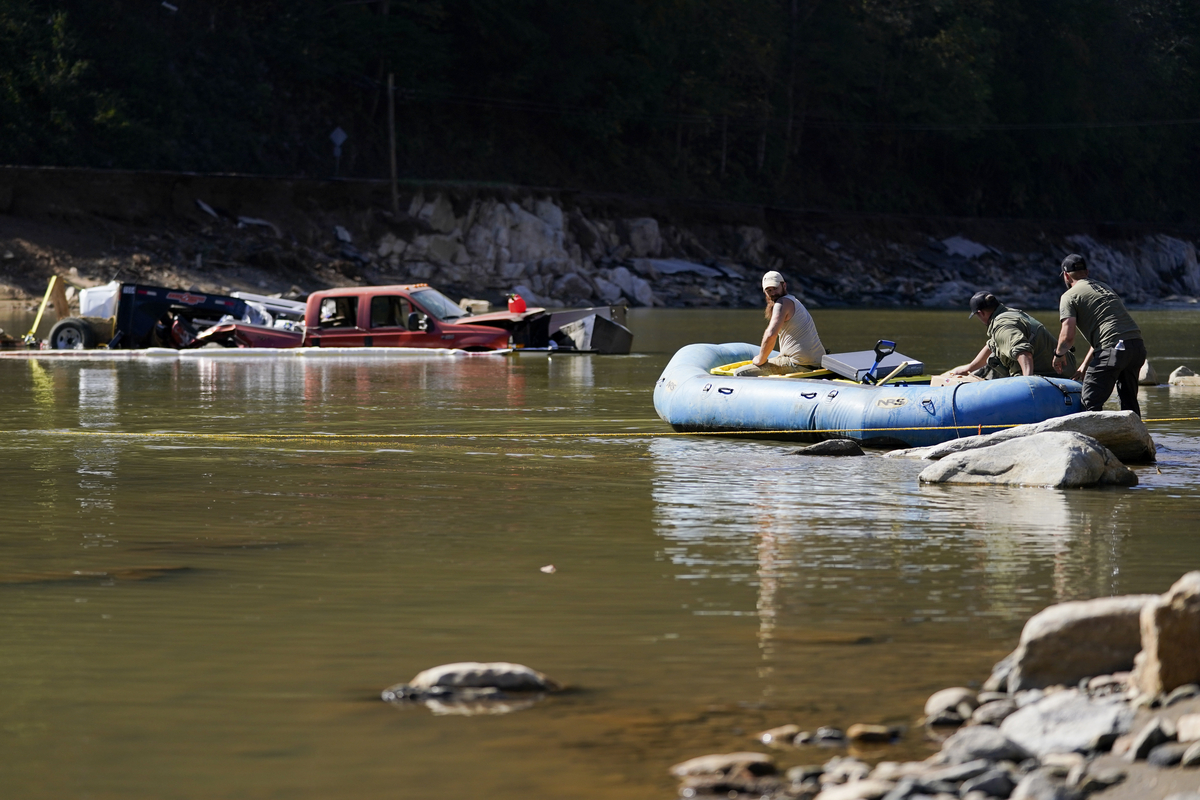Urban Heatwaves In The UK: How Cities Become Heat Traps

Welcome to your ultimate source for breaking news, trending updates, and in-depth stories from around the world. Whether it's politics, technology, entertainment, sports, or lifestyle, we bring you real-time updates that keep you informed and ahead of the curve.
Our team works tirelessly to ensure you never miss a moment. From the latest developments in global events to the most talked-about topics on social media, our news platform is designed to deliver accurate and timely information, all in one place.
Stay in the know and join thousands of readers who trust us for reliable, up-to-date content. Explore our expertly curated articles and dive deeper into the stories that matter to you. Visit Best Website now and be part of the conversation. Don't miss out on the headlines that shape our world!
Table of Contents
Urban Heatwaves in the UK: How Cities Become Heat Traps
The UK, known for its temperate climate, is increasingly experiencing scorching heatwaves, with urban areas bearing the brunt. These aren't just uncomfortable; they're a serious public health concern, impacting vulnerable populations and straining vital infrastructure. Understanding how cities become "heat traps" is crucial to mitigating the risks and building more resilient communities.
The Urban Heat Island Effect: A Concrete Jungle's Fever
The core issue lies in the urban heat island (UHI) effect. Cities, with their dense concentration of buildings, roads, and other infrastructure, absorb and retain significantly more heat than surrounding rural areas. This difference in temperature can be dramatic, with urban areas often registering several degrees Celsius higher than their rural counterparts, even at night.
Several factors contribute to the UHI effect:
- Building Materials: Concrete, asphalt, and brick absorb and radiate heat, creating a thermal mass that keeps temperatures elevated long after the sun sets. These materials are often dark-colored, further exacerbating the problem.
- Lack of Vegetation: Trees and green spaces provide shade and evapotranspiration (the process where plants release water vapor), helping to cool the air. The scarcity of green spaces in many urban areas intensifies the heat island effect.
- Reduced Airflow: Tall buildings and narrow streets can restrict wind flow, preventing the dispersal of heat and trapping warm air.
- Waste Heat from Human Activity: Industrial processes, transportation, and air conditioning systems all release significant amounts of heat into the urban environment.
The Human Cost of Urban Heatwaves:
The consequences of the UHI effect are far-reaching and pose significant risks to public health:
- Increased Heat-Related Illnesses and Deaths: The elderly, children, and those with pre-existing health conditions are particularly vulnerable to heatstroke and other heat-related illnesses. [Link to relevant Public Health England report]
- Exacerbation of Existing Health Problems: Heatwaves can worsen respiratory and cardiovascular conditions, leading to hospital admissions and increased mortality rates.
- Disproportionate Impact on Vulnerable Communities: Low-income neighborhoods and areas with limited access to green spaces often experience the most intense heat, further exacerbating existing inequalities.
Mitigation Strategies: Cooling Down Our Cities
Addressing the urban heat island effect requires a multifaceted approach:
- Green Infrastructure: Planting more trees, creating green roofs and walls, and expanding urban parks can significantly reduce temperatures and improve air quality. [Link to an article about green infrastructure projects]
- Sustainable Building Design: Using lighter-colored, heat-reflective materials in construction, incorporating natural ventilation, and designing buildings to maximize shade can minimize heat absorption.
- Improved Urban Planning: Designing streets and neighborhoods to promote airflow, incorporating water features, and creating shaded walkways can make urban spaces more comfortable and livable.
- Heatwave Action Plans: Developing and implementing comprehensive heatwave action plans, including public awareness campaigns and support systems for vulnerable populations, is vital.
Looking Ahead: A Cooler Future for UK Cities
The increasing frequency and intensity of heatwaves in the UK demand urgent action. By understanding the mechanics of the urban heat island effect and implementing effective mitigation strategies, we can create healthier, more resilient, and more livable cities for all. This requires collaborative efforts from urban planners, architects, policymakers, and the public. Let’s work together to build a cooler, greener future for our urban centers.
Call to Action: Learn more about your local council's initiatives to combat urban heat and consider how you can contribute to creating a more sustainable urban environment. [Link to a relevant government website or local council page].

Thank you for visiting our website, your trusted source for the latest updates and in-depth coverage on Urban Heatwaves In The UK: How Cities Become Heat Traps. We're committed to keeping you informed with timely and accurate information to meet your curiosity and needs.
If you have any questions, suggestions, or feedback, we'd love to hear from you. Your insights are valuable to us and help us improve to serve you better. Feel free to reach out through our contact page.
Don't forget to bookmark our website and check back regularly for the latest headlines and trending topics. See you next time, and thank you for being part of our growing community!
Featured Posts
-
 Fevers Clark Out Impact On Bueckers Game Analyzed
Jul 01, 2025
Fevers Clark Out Impact On Bueckers Game Analyzed
Jul 01, 2025 -
 Fevers Caitlin Clark Latest On Groin Injury Before Commissioners Cup Championship
Jul 01, 2025
Fevers Caitlin Clark Latest On Groin Injury Before Commissioners Cup Championship
Jul 01, 2025 -
 Crucial Weather Satellite Data Stream Halted By Us Defense Department
Jul 01, 2025
Crucial Weather Satellite Data Stream Halted By Us Defense Department
Jul 01, 2025 -
 End Of Satellite Data Trumps Decision Impacts Storm Forecasting
Jul 01, 2025
End Of Satellite Data Trumps Decision Impacts Storm Forecasting
Jul 01, 2025 -
 Espn Reports Death Of Baseball Great Dave Parker A Legacy Of Excellence
Jul 01, 2025
Espn Reports Death Of Baseball Great Dave Parker A Legacy Of Excellence
Jul 01, 2025
Latest Posts
-
 Financial Issues And Gambling Allegations Surround Nbas Michael Beasley
Jul 03, 2025
Financial Issues And Gambling Allegations Surround Nbas Michael Beasley
Jul 03, 2025 -
 Darren Waller Unretires Dolphins Acquire Tight End In Trade
Jul 03, 2025
Darren Waller Unretires Dolphins Acquire Tight End In Trade
Jul 03, 2025 -
 Darren Waller Unretires Traded To Miami Dolphins Nfl Trade Details
Jul 03, 2025
Darren Waller Unretires Traded To Miami Dolphins Nfl Trade Details
Jul 03, 2025 -
 Damian Lillard Waived Myles Turner Signed Full Bucks Free Agency Update
Jul 03, 2025
Damian Lillard Waived Myles Turner Signed Full Bucks Free Agency Update
Jul 03, 2025 -
 Commissioners Cup Final Fever Star Clark Sidelined
Jul 03, 2025
Commissioners Cup Final Fever Star Clark Sidelined
Jul 03, 2025
